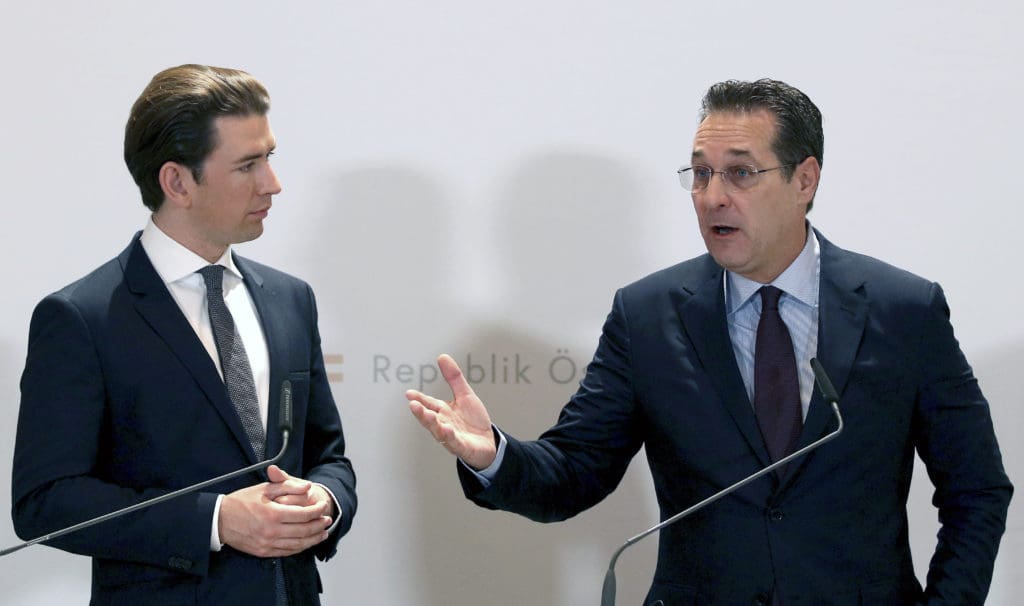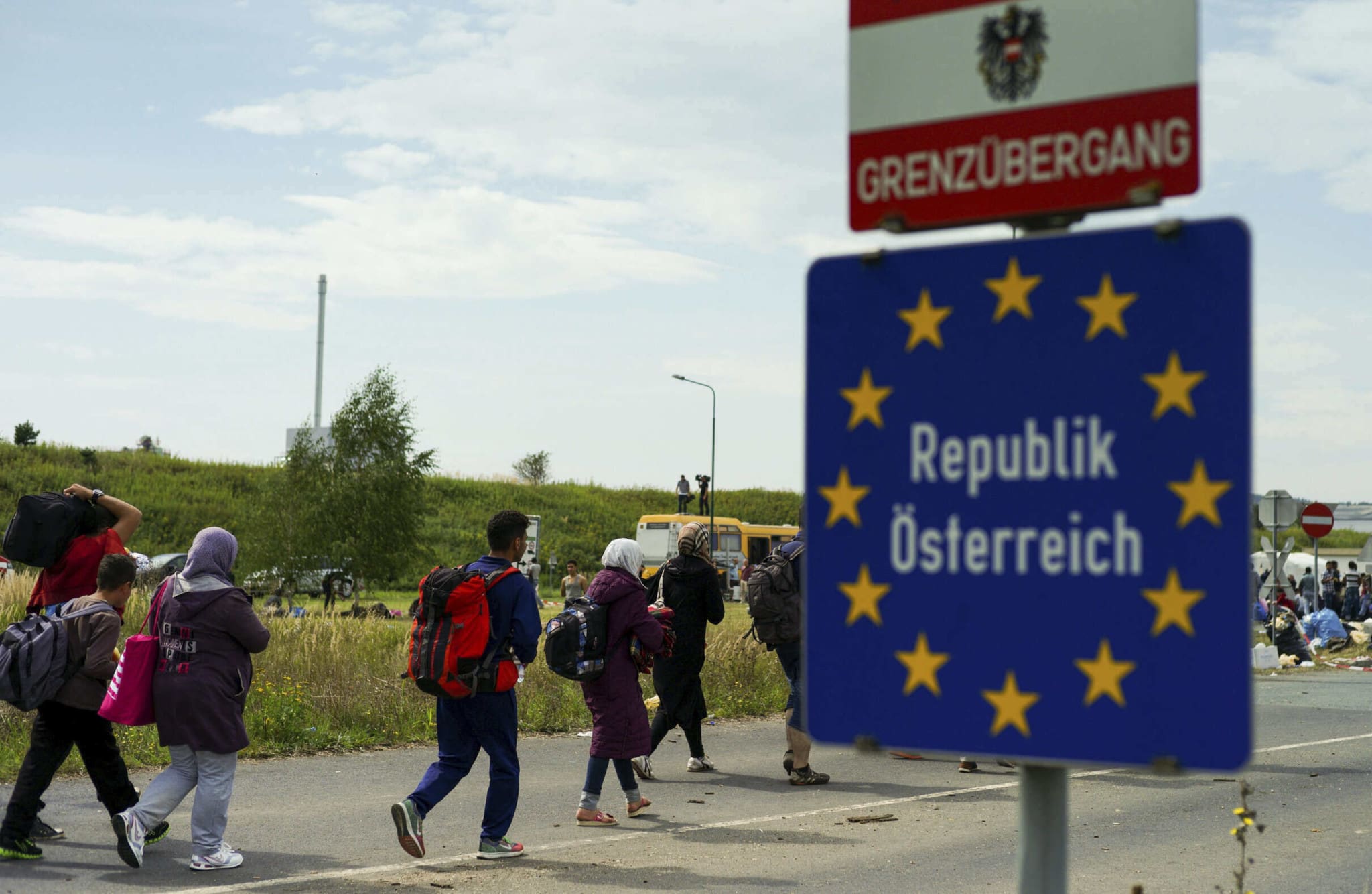In Austria, the number of people born abroad has reached a new high, and one of the country’s top parties is ringing the alarm about Austria’s continous influx of foreigners. Almost 1.8 million (20.1 percent) of the people living in Austria were born abroad, according to the latest 2020 migration report by the Austrian Integration Fund.
Five years ago, the proportion was 18.3 percent.
“More than 20 percent of the population were not born in our country. Austrians are increasingly becoming strangers in their own country. It is particularly worrying that well over a quarter of the children in schools no longer have German as a colloquial language,” said the Freedom Party of Austria (FPÖ) spokesman Hannes Amesbauer in reponse to the new government report.
The rising share of foreigners has raised concerns in Austria in the past. For example, in 2019, then Vice Chancellor Heinz-Christian Strache of FPÖ said that Austrians run the risk of becoming a minority in their own country, referring it to as demographic replacement.
“I will not be silenced, we do not want to become a minority in our own homeland,” Strache said to supporters in May 1 of that year. Strache eventually fell victim to a sting operation where he was secretly recorded during the Ibiza Affair, resulting in the FPÖ losing its position in Austria’s government coalition.

Following Strache’s comments, a number of left-leaning newspapers attempted to debunk them. For one, they pointed that many of the foreigners are from other European countries, a fact reflected in the latest report, which showed that the largest foreign-nationals group came from Germany, followed by Bosnia-Herzegovina, Turkey, Serbia, and Romania.
However, the non-European share of Austria’s population is growing, and the statistics also point to another sea change that many newspapers are glossing over. The Integration Fund also evaluated the number of students in Austria’s school system who speak a non-German language at home. This share increased by 3.6 percentage points compared to 2015 to 27.4 percent. That means that around 300,000 of the almost 1.1 million students communicate in a non-German language at home.
In short, while ethnic Austrians age, the youngest generation is increasingly non-Austrian and increasingly not speaking German. Many of the fact-checkers, such as the Wiener Zeitung, also make projections out to 2050, but stop short there. However, other countries have released data that looks at trends over a longer horizon, including Norway’s official statistical office, and have determined that ethnic Norwegians will become a minority in their own country within this century. Pew Research has also found that migration and demographic trends mean that Europe’s Muslim population could triple by 2050 to 75 million.
Like many other Western European nations, the cities are transforming the fastest. The share of foreign-born people in the total population was the highest in Vienna (37.1 percent), followed by Upper Austria (13.5 percent) and Lower Austria (11.4 percent), while it was the lowest in Burgenland (12 percent). The Tyrol federal-state recorded the highest increase since 2016, with 19.2 percent.
According to the study, foreigners in Austria are more likely to be unemployed than nationals. Other reports have highlighted that more than half of the prisoners in Austria are foreigners. In 2020, the unemployment rate among Austrian citizens was 8.4 percent and 15.3 percent, almost twice as high, among foreigners. In Vienna, more than one in five foreigners was unemployed in 2020.
The share of such children and adolescents was highest in special schools (40.3 percent), polytechnical schools (35.6 percent), and new middle schools (33.3 percent). Among the federal states, in this regard, Vienna recorded the highest rate (54.4 percent), while Carinthia the lowest one (16.6 percent).






